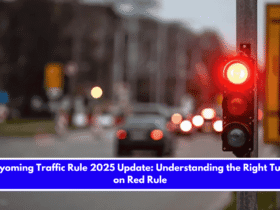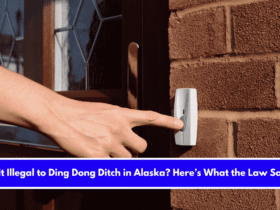Houston, we have a problem—and it’s not just a saying anymore. Several cities in the U.S., including many in Texas, are literally sinking. That’s not an exaggeration. According to a new study shared by CBS News and published in the journal Nature Cities, the land beneath our feet is slowly collapsing.
Researchers from Virginia Tech used advanced satellite radar to measure how fast land levels are dropping across 28 major U.S. cities. The results are alarming, especially for cities in Texas.
Why Are Texas Cities Like Houston Sinking?
This sinking is called land subsidence, and the main reason behind it is groundwater extraction. In simple terms, we are pulling too much water out from underground. Over time, the soil becomes loose and weak, causing the ground above it to sink. It’s like removing the air from a balloon—it deflates.
Texas is among the worst affected, with Houston leading the way. In some areas of the city, land is sinking at rates faster than 10 millimeters per year, and over 40% of the city is sinking by more than 5 millimeters annually.
This is more than just a slow drop in elevation—it puts buildings, roads, bridges, and even public utilities at risk.
Sinking Is Not Just a Texas Problem—It’s Nationwide
The study found that in every city they observed, at least 20% of urban land was sinking. In 25 of the 28 cities, over 65% of the land showed noticeable subsidence. This includes major urban areas like New York, Seattle, and Dallas.
Researchers also found that more than 29,000 buildings in these cities are located in high or very high-risk zones. That includes homes, schools, offices, and even restaurants—places people rely on every day.
Why This Should Worry Us
When the land sinks, it doesn’t just affect buildings. It also damages infrastructure such as roads, drainage systems, pipelines, and water supply lines. And if there’s heavy rain or flooding, sinking areas become even more dangerous.
Combined with climate change and rising sea levels, subsidence can make things much worse, especially in coastal cities like Houston.
This issue is like a silent threat—it’s not as obvious as a storm or fire, but it can cause serious long-term damage if not addressed in time.
What Can Be Done?
To slow down the sinking, experts suggest better water management practices, including:
- Reducing the amount of groundwater extraction
- Promoting rainwater harvesting
- Improving public water systems so people don’t have to rely on wells
- Investing in urban planning that takes subsidence risks seriously
Local governments and environmental experts will need to work together to come up with long-term solutions.











Leave a Reply